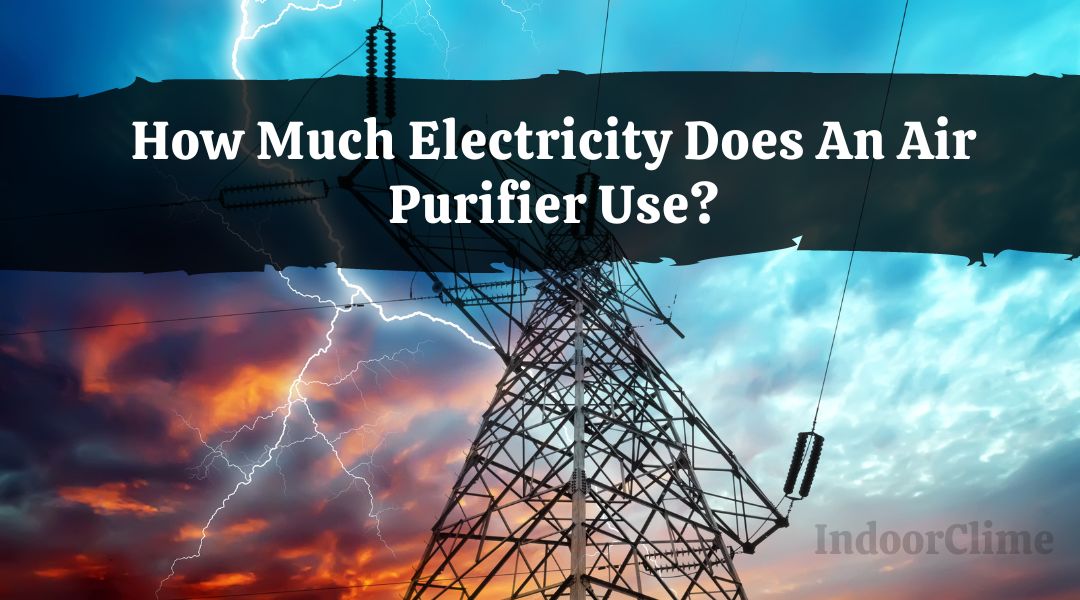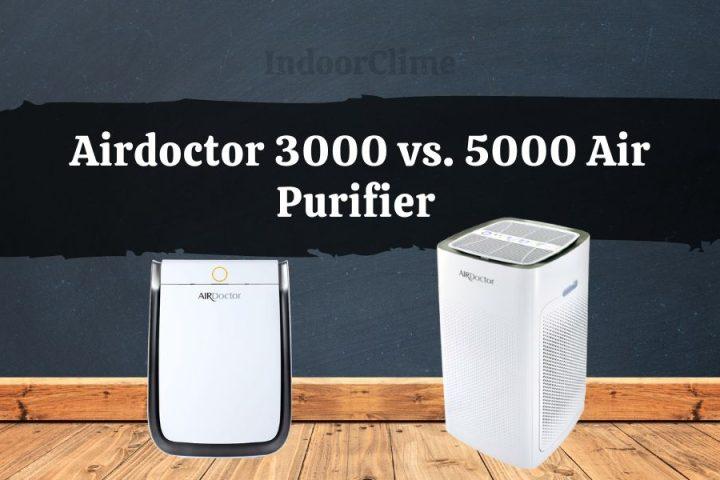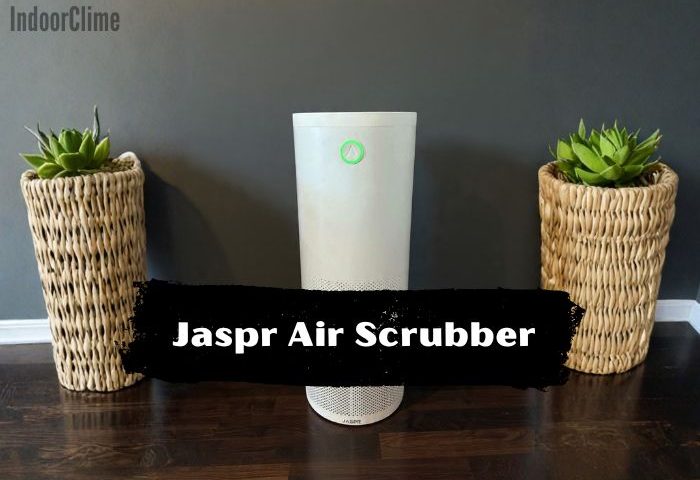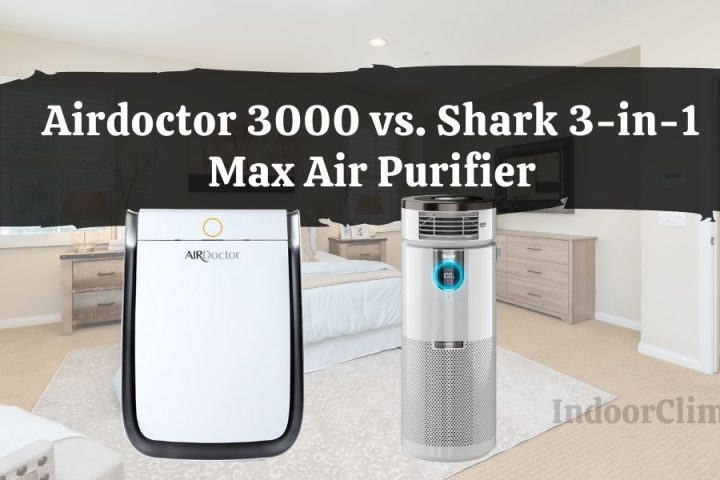An air purifier has become an indispensable tool in offices and homes for keeping your surroundings clean and germs-free. Whether you’re attempting to clean your surroundings of smoke, lessen asthma symptoms, or either want to get rid of unwanted smells, an air purifier is a good option.
It helps clean polluted air inside your home, which decreases the chances of airborne diseases. It also helps asthmatic patients by helping them breathe and helps in better sleep quality and longer life expectancy.
However, many people are reluctant to buy an air purifier because they believe it will increase their electricity bill by a big percentage. It’s a common perception that air purifiers are costlier to run as they consume a lot of electricity.
There is a common question among many, do air purifiers use a lot of electricity? Let us find the answer to this question and see how much electricity an air purifier uses and how much it adds to your electricity bill.
Electricity Used By An Air Purifier

Air purifiers require electricity to power themselves. We must consider the energy usage of an air purifier in the same way that we must consider the energy usage of any other electric equipment. It is suggested that an air purifier be used 24 hours a day.
However, this seems like a lot, particularly when viewed through the lens of an electricity bill.
Air purifiers, fortunately, do not consume a large amount of electricity. They come with a maximum wattage ranging from 40 to 200 watts, and it’s for the max speed levels.
Even the largest ones are limited to 100 watts. Your air purifier can run on a lower power setting of 10-30 watts.
On the other hand, a refrigerator uses around 3-5 times more electricity. So an air purifier uses about the same energy as a cellphone charger.
However, energy consumption depends on the type of air purifier you buy. Various air purifiers consume energy depending on the square feet area they cover and their size. That is why you must always verify the watt rating before purchasing an item.
The manufacturer always specifies the watt rating. The greater the wattage, the more electricity an air purifier consumes. Therefore, the quantity of electricity an air purifier consumes is always determined by its watt rating.
There is a simple technique that you can use to estimate how much an air purifier might cost in bills. Please remember that this approach only estimates how it can affect your electricity bill, not a definite amount.
It depends on the power distributor price per kilowatt-hour. You will have to find and use your electricity distributor’s price.
If you buy a 120-watt air purifier and operate it for 24 hours, it will use about 0.120 kilowatts, or 2.88-kilowatt per hour each day or 86.4-kilowatt per hour per month.
On the other hand, if you pay an estimate of 15 cents per kilowatt-hour for electricity, your monthly costs will be roughly $12.96. Put another way; your electric bill would be increased by around $12.96 per month.
On the other hand, some air purifiers are energy-star-rated, which means they are designed to maximize power while consuming minimal electricity (wattage input).
Buy An Energy-efficient Air Purifier

Considering everything said about how costly it may be to use an air purifier, the best way to experience both a reasonable electricity bill and a clean environment is to choose an air purifier that is energy efficient and keeps the air clean.
That is why you must look for an air purifier that Energy Star rates. There are many options available on the market. The primary goal of the energy start program is to evaluate and rate high-efficiency appliances that are best suited to the consumer’s choices.
The Energy Star-rated appliances are both cost-effective and ecologically beneficial. The test results show that these products are approximately 40% more efficient than regular air purifiers, not rated by energy stars. Moreover, they save up to 225 kilowatts every hour over a year.
This is a pretty healthy number since a typical air purifier uses roughly 550 kilowatts every hour over a year.
For a product to be certified energy star, it must meet a set of strict criteria and standards, and specifications. Certain things are considered to classify an air purifier as an energy start; these specifications include:
- Hybrid
- Fan with filter
- Ion generator
- The fan, which contains electrostatic plates and a filter
- Fan filter, which has an ion generator
An item must provide a minimum 2.0 CADR/watt efficient performance and a minimum CADR of 50 to qualify as energy rated. This proves that an air purifier is energy efficient.
CADR is just a measurement of your air purifier and how much pollutant-free air it delivers. Other than these, some more specifications are listed by both EOD and EPA.
You will find these requirements easily on their websites. Moreover, there are various tools available that can assist you in estimating how much money you would save if you choose to buy an energy-efficient air purifier.





